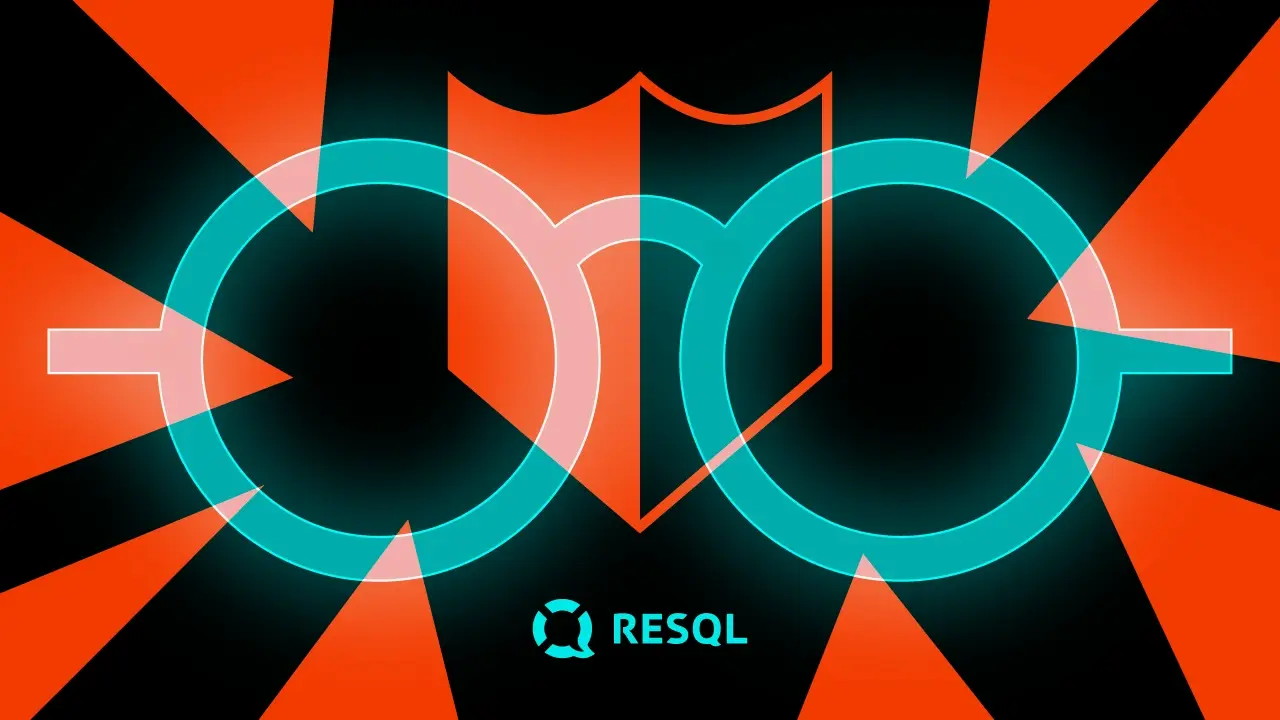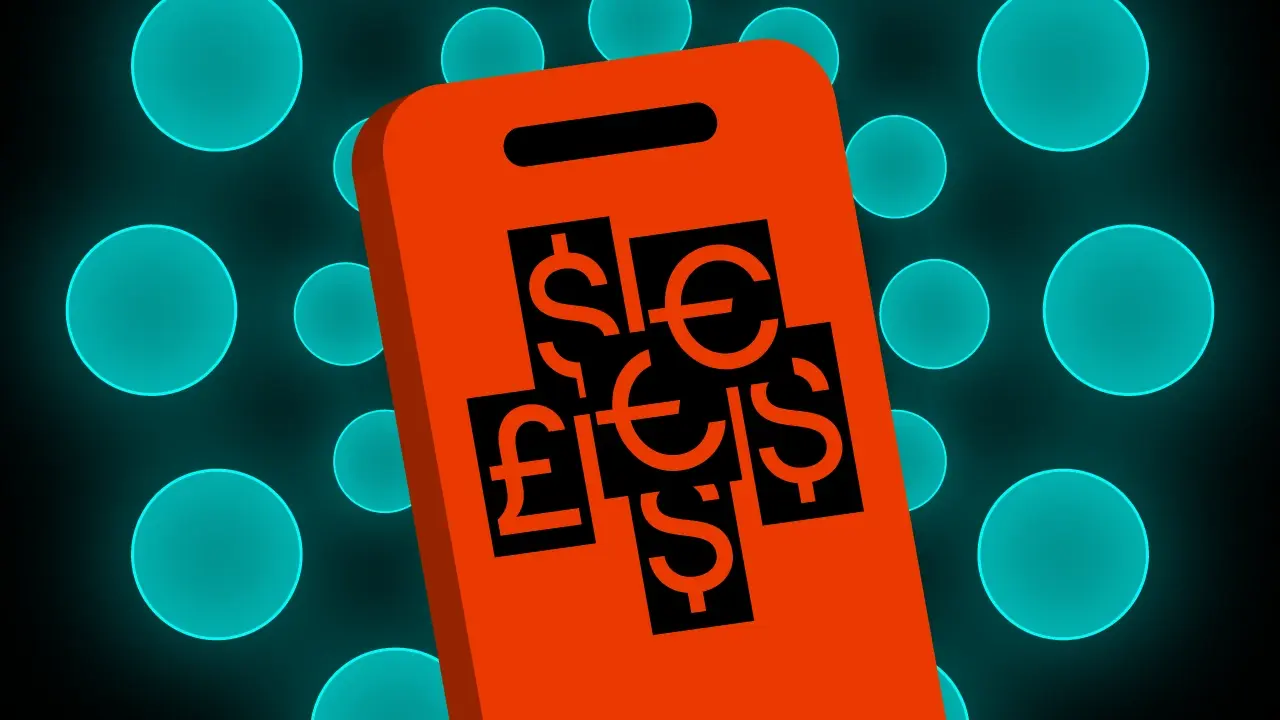Safe school at your fingertips: How does RESQL support the fight against peer violence?


A state-of-the-art application and innovative system to support schools in addressing peer violence. Implementation of the RESQL system at the Pawel Adamowicz University High School in Gdańsk.
Peer violence in schools is a concern, and neglecting it can lead to severe consequences. Therefore, we are actively involved in initiatives that positively impact young people’s lives.
Together with SWPS University, we have implemented a project that has brought groundbreaking changes in school safety. Thanks to the innovative RESQL system, we effectively counter peer violence in educational institutions. The system was created as part of a pro bono collaboration, and its further development, support, and promotion among schools were entrusted to a spinoff company that we established in cooperation with SWPS University.
The system includes an application that allows students to report incidents of violence and a panel for teachers to receive and analyze reports. It also includes training materials (teaching materials, studies, and videos) and implementation training for teachers. The project began in 2019, and over 250 schools already use the system. We contacted one of the institutions participating in the program to learn how the system works.
We invited Katarzyna Uljasz, a psychologist and interventionist at the Pawel Adamowicz University High School in Gdańsk, to join the conversation.
Good morning, Katarzyna. I’m pleased that we have the opportunity to discuss the RESQL system. Could you describe the primary goals and expectations your high school has for this application?
Katarzyna: What we most wanted was to increase the number of ways students can communicate their troubling experiences or observations to us and seek support or intervention. The level of trust toward school staff is relatively high, with teachers, educators, and school specialists often hearing from students about their difficult situations. However, we recognize that not everyone is able to ask for and benefit from such support for various reasons. Our primary need was for the app to serve as an additional, non-threatening, and discreet method for students to communicate with teachers, allowing us to address situations that students might otherwise keep to themselves. We also aimed to make our understanding of the school community’s functioning as realistic as possible. Knowledge of the most common manifestations of violence among students would help us introduce the most needed preventive measures.
Did you encounter any challenges while implementing the system in the school? Could you describe what those challenges were and how long it took to fully implement the app within the school?
Katarzyna: From our perspective, the app implementation went smoothly. The training sessions for class leaders were very well conducted. Our students came back afterward with many thoughts and were eager to tell their class peers what the meeting was about and what RESQL was. The school specialists then visited each class to discuss the application and answer students’ questions. During these short meetings, the students were given a code for the application, which is also displayed on posters around the school. It took about two weeks to go through all the classrooms. After each such meeting, more and more applications began to flow to the interveners.
What was the educators’ feedback on the training materials provided in the application implementation? Do you use them?
Katarzyna: I use the materials and encourage educators to do so. Each of them has conducted selected lessons in the classroom; some have used other scenarios, depending on the current needs of the class. Most of the teachers speak very positively about the materials. I appreciate the opportunity to implement lessons on relational violence fully.
I understand. How did the students receive the app? Are they enthusiastic about using it?
Katarzyna: When word spread about the plan to implement the app, students initially laughed at the idea, and jokes about reporting various behaviours of classmates could often be heard in the hallways. There were also humorous reports or messages in which students greeted or saluted the interveners to see how and whether the app worked. The new tool’s first wave of “feeling out” was short-lived. Student reactions at the introductory meetings we held in each classroom were positive. Students were interested in how the app worked, asked questions, and seemed optimistic about it. Since then, the applications have been rolling in, and the app has become a natural part of our school’s daily life by this stage.
In what ways do you think the app has contributed to increasing students’ awareness of school violence?
Katarzyna: It has, both directly and indirectly. Many young people are unaware of what behaviors (especially in the case of relational and sexual violence) are violent and which are not. I encouraged students to install the app if only to familiarize themselves with the examples and definitions. And to report their concerns through the app or in person. Even if they are unsure whether they or their peers are experiencing violence. I’ve had students show up at my office worried that the way they treated a colleague was a type of violence. We’ve talked, for example, about how to resolve interpersonal conflicts empathetically and nonviolently.
What types of issues do students typically report through the app? Has the anonymity feature of the app encouraged them to come forward?
Katarzyna: The problems that students report are varied and involve different types of violence. So far, it has ranged from pushing in the hallway, public criticism and insults, and online space bullying to isolating and excluding someone from the group. We get a lot of reports from the perspective of an observer. Someone who is worried about their peers and would like to do something to help them. Anonymity is beneficial. It allows students to express their emotions and discuss their difficulties with a very high level of openness. If it weren’t for anonymity, some people would never have told anyone about what they could write about.
How has the app affected the effectiveness of monitoring violent incidents at school? Have there been any noticeable changes in the school’s culture following its implementation?
Katarzyna: We are more aware of what is happening among students. Since the app’s implementation, students have not only taken advantage of its capabilities. They are even more likely to report directly to teachers about incidents they have been involved in or witnessed. The school community functions similarly, but students more often communicate directly that some behavior violates their or someone else’s boundaries.
Has the app influenced the collaboration among teachers, students, and parents in terms of preventing violence at school?
Katarzyna: In our school, the app works as an additional form of communication and is handled by school specialists. If we receive information about the occurrence of some violence in a particular class or a specific student is mentioned as a perpetrator, we establish further steps with the reporting person. Then we ask the educator to observe and implement prevention regarding the issue in their class. In individual cases, we encourage the reporting person to ask the educator for help or talk to the parent. So communication is more frequent and cooperation between teachers, students, and parents works smoothly.
Do you see any areas for improvement that the app could satisfy and doesn’t?
Katarzyna: None. 🙂 From an interventionist’s perspective, the only enhancement I could suggest is implementing the ability to log into the teacher’s panel via a smartphone. Given my busy schedule and the fact that I’m seldom at my computer, such a feature would streamline my response time. On the other hand, students understand that our responses can’t sometimes be ad hoc, including during holidays or weekends.




